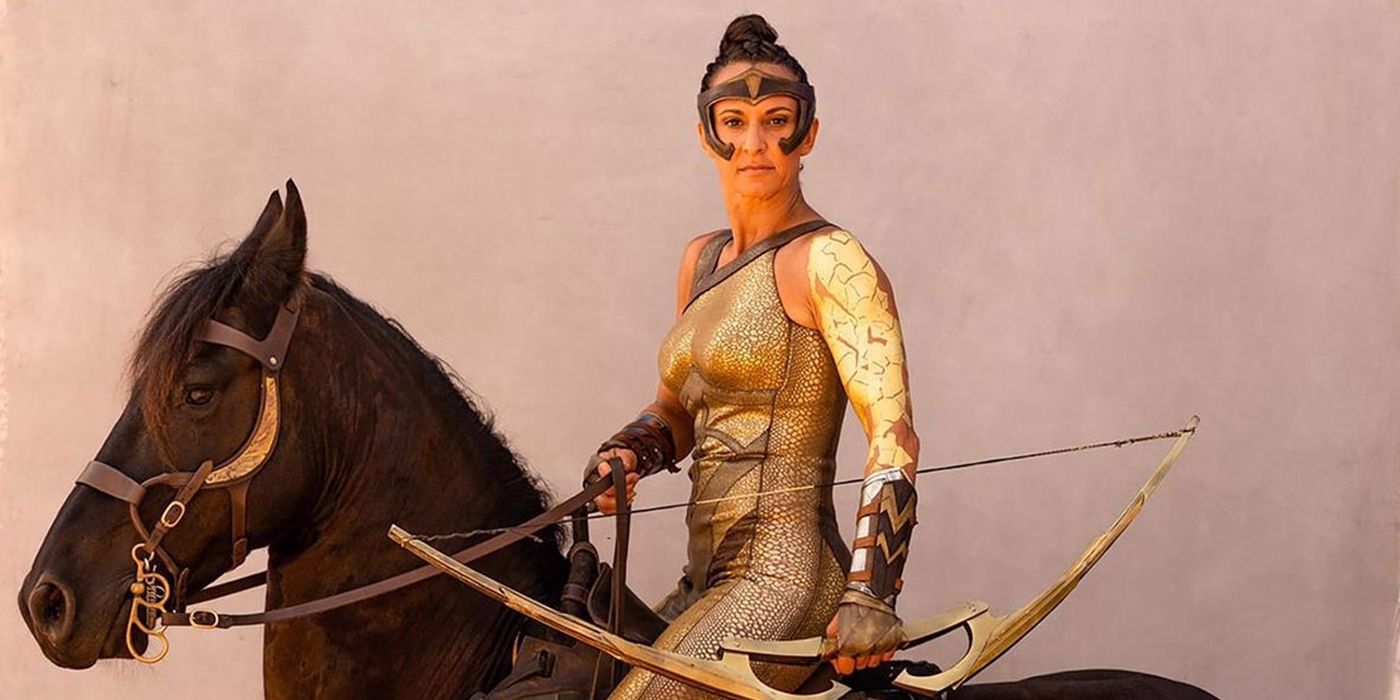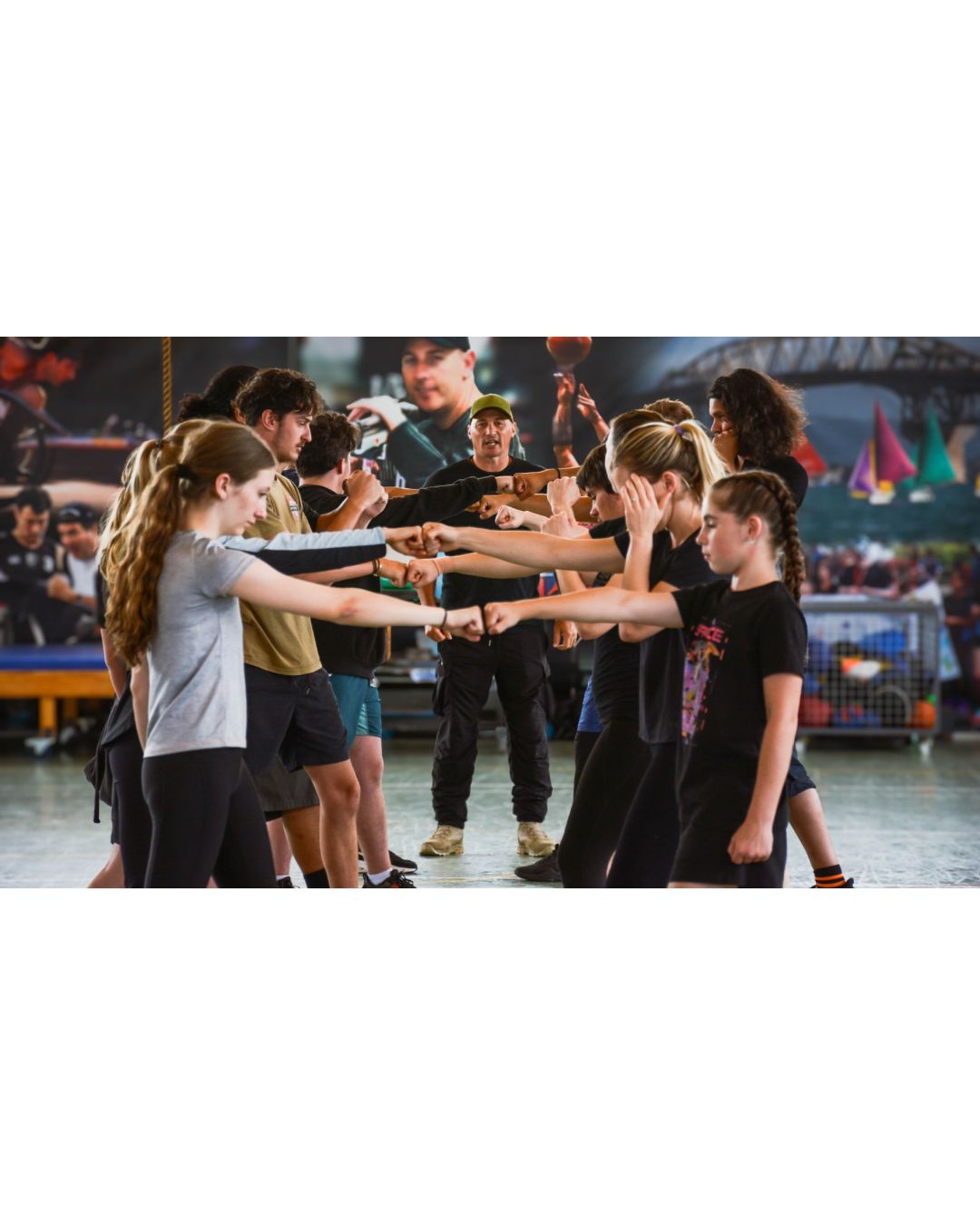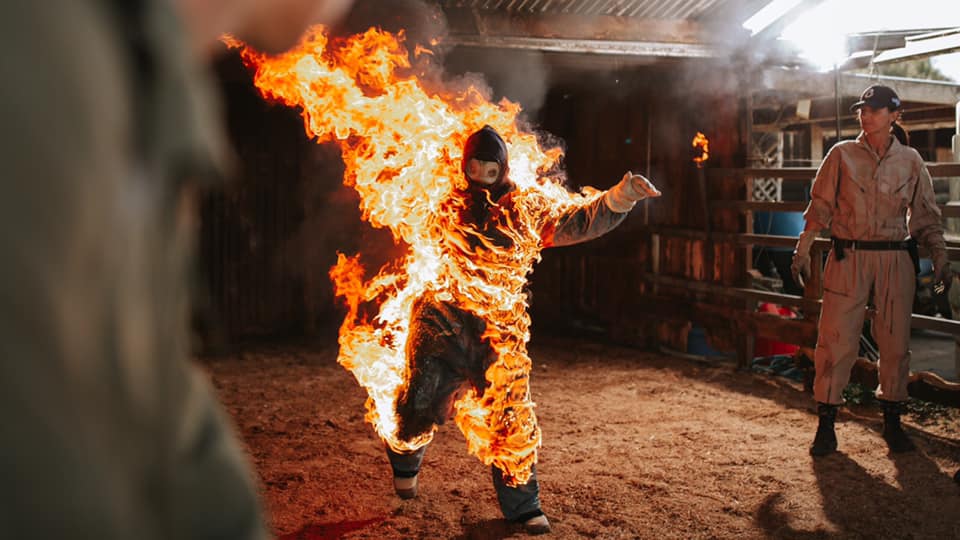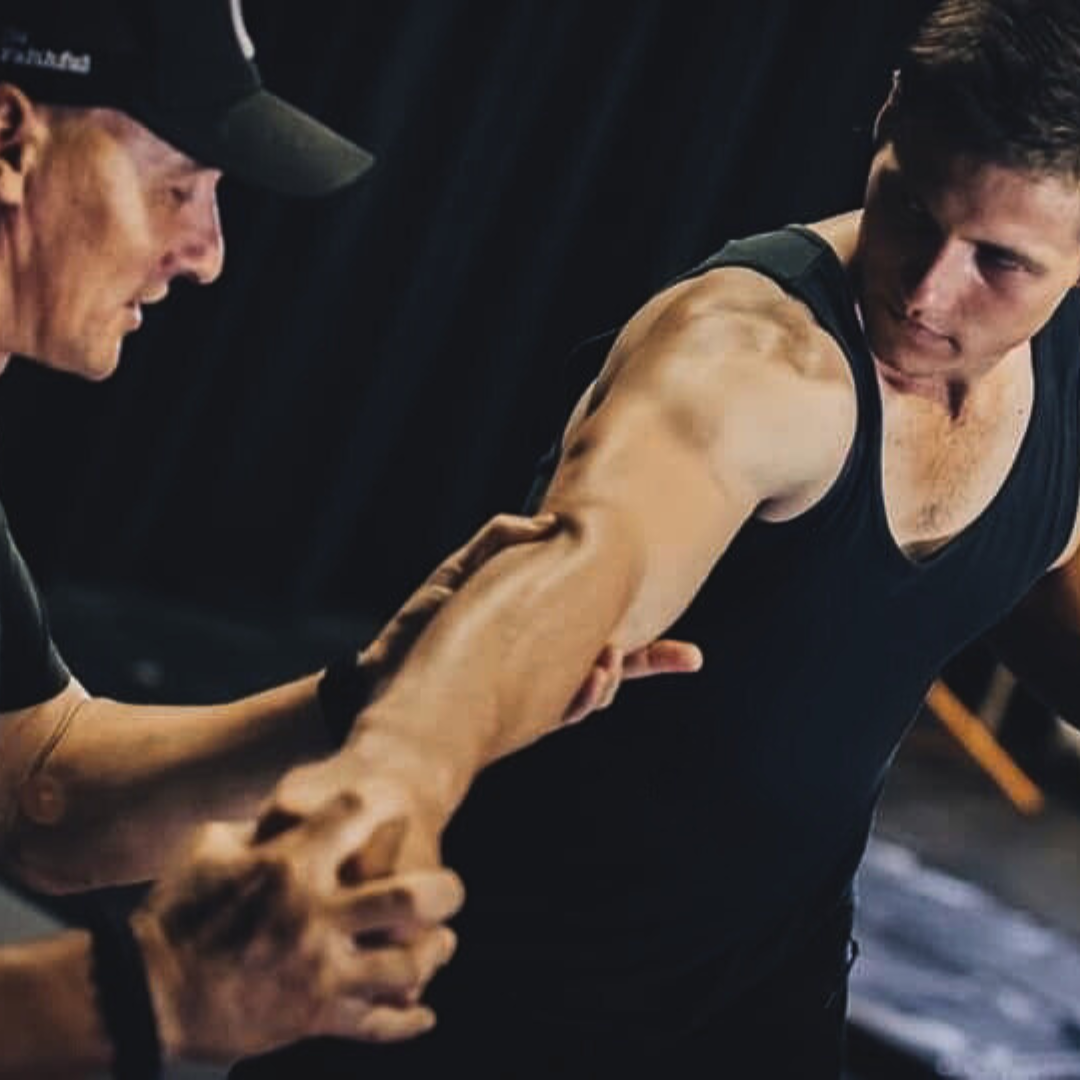Knife Fighting in Stunt Work: From Stage to Screen
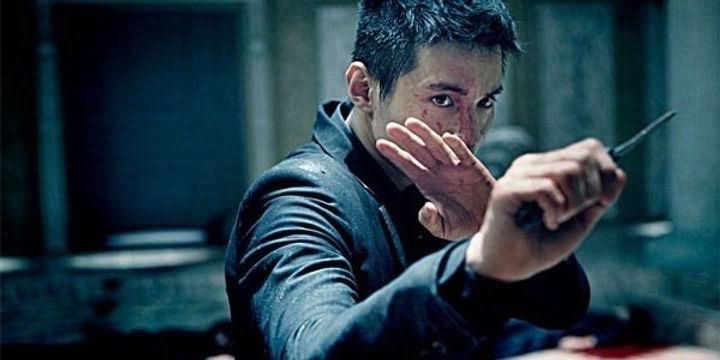
Knife Fighting in Stunt Work: From Stage to Screen
Knife fighting is one of the most powerful and emotionally charged forms of stunt performance. It appears across film, television, and live theatre — often in scenes that demand high tension, close-range intensity, and precise storytelling.
At NZ Stunt School, we train performers in a wide range of knife combat techniques, from solo drills to partner choreography, covering knife vs hand combat, double daggers, takedowns and even complex weapon matchups like sword vs knife.
Why Knife Fights Capture Attention
Knife fights hold a unique place in both screen and stage combat. Unlike long-range weapons or flashy swordplay, knife combat brings a raw, urgent energy. The proximity between fighters, the speed of movement, and the emotional stakes make knife scenes feel real, personal, and dangerously intimate.
It’s not just about choreography — it’s about storytelling, emotion, and intent.
Core Principles of Knife Fight Choreography
Every knife fight taught at NZ Stunt School is grounded in four key principles that are essential for performance and safety:
Character Over Combat
A fight should always serve the story.
Ask: Why are they fighting? What are they trying to prove, protect, or survive?
Whether it's fear, hesitation, confidence, or desperation, those emotions must come through in the performer’s body language — not just in the movements, but in the pauses, breath, and eye contact.
Knife = High-Stakes Weapon
Knives demand close contact, fast thinking, and full control. Every inch matters.
Unlike larger weapons, a knife fight is about subtle shifts, quick reactions, and small but deliberate movements.
That’s why knife scenes often feel more intense — they imply real danger and leave no room for error. The tension lies in what could happen in the next half-second.
Intention in Every Movement
In knife choreography, intent must be visible. You’re not just “doing moves” — you’re reacting, adapting, and telling a physical story.
Your stance, footwork, breath, and gaze all need to show your objective. A fighter who’s cautious will move differently than one who’s reckless. Even if the choreography is precise, the emotion must feel spontaneous.
Safety First, Always
Behind every great fight scene is a strong commitment to safety.
Knife work requires maximum control, awareness, and discipline. All our training is done with safe props (rubber or dulled blades), and no movement is improvised without prior agreement.
Distance, speed, and timing are rehearsed with care — because keeping your partner safe is just as important as making the scene look real.
Knife Fights as Seen in Film and Theatre
Here are some of the cinematic elements commonly found in professional knife fight scenes and what we help our students learn to replicate:
Timing and Breath Control
Many impactful scenes rely more on pauses and restraint than fast action. The moments of tension, where a fighter is waiting or hesitating, can build more suspense than a strike.
Realistic Close-Quarters Movement
Knife fights often happen in tight spaces. That changes everything — range, footwork, and options.
Movements must be small, efficient, and grounded. There’s no time for wide swings or flashy turns.
Environment as a Factor
In many scenes, terrain plays a major role: slippery ground, stairs, or confined rooms all change how a fight unfolds.
Emotional Physicality
The best knife scenes show not just skill but fatigue, fear, aggression, or adrenaline. These emotions must be visible in how a performer moves.
Final Thoughts
Knife choreography is more than just technical movement; it’s a performance tool that can raise the stakes of any scene. It demands precision, storytelling, and discipline. For stunt performers, mastering knife combat is a key skill that translates across film sets, theatre stages, and live demonstrations.
By training with purpose and safety, performers can deliver knife scenes that feel dangerous, emotional, and authentic without ever putting themselves or others at risk.

